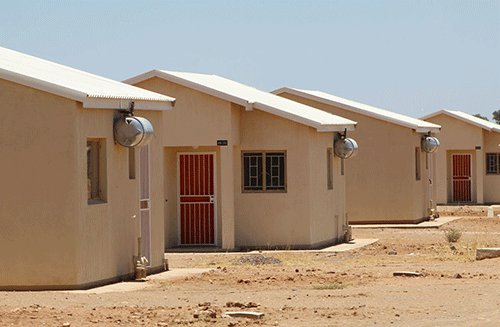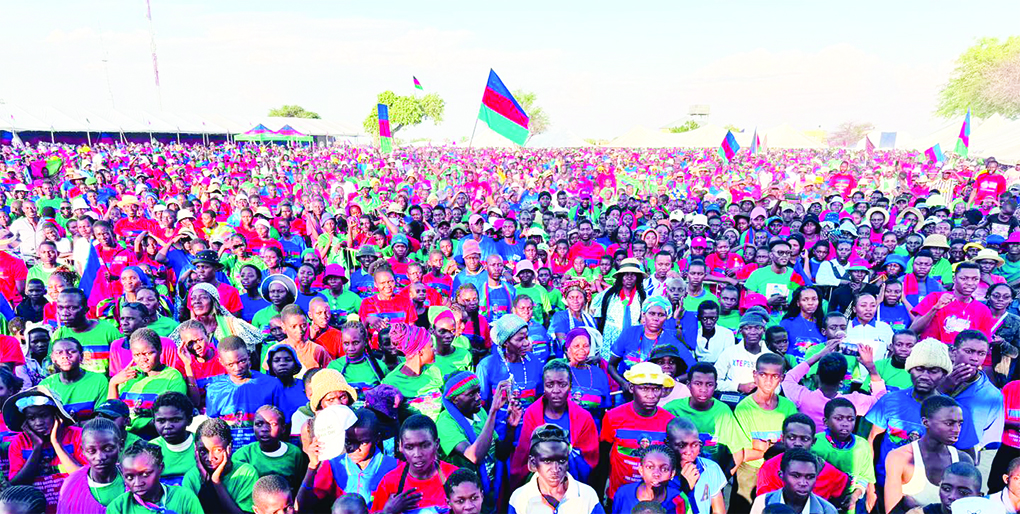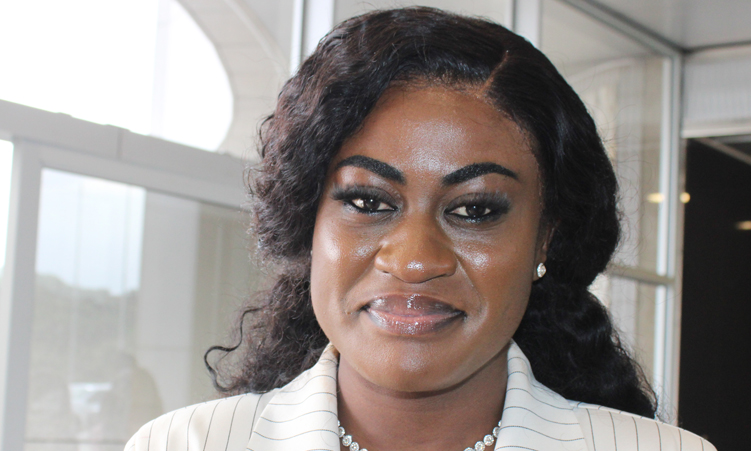FROM the teeming shacks of Okahandja Park to villas in upmarket Windhoek, from far-flung villages to urban centres, Namibians yesterday queued patiently in their thousands as the long-awaited mass vaccination against the wild poliovirus got under way.
In parts of Katutura, people began queuing from 05h00 and were prepared to wait their turn to get the polio immunisation drops. Everyone received two drops of the vaccine free of charge at State-sponsored points.The number of polio-linked deaths remained at 15 yesterday while the latest number of suspected cases has reached 96.Not all of these have yet been confirmed as polio.The first polio case arrived in Windhoek – from Aranos in the South – on May 10.Up until the outbreak, Namibia had been polio-free for 10 years.A quick spot check of several other regions indicated that the situation was much the same all over Namibia.”People are coming in masses.We have finished most of the schools.Even farmers from the district are calling us to enquire when our teams will be there,” said Maria Kavezembi, Health Director for the Oshikoto Region.She was out for most of the day checking on progress as health teams moved between schools, banks, shops, clinics, hospital and a mine.”People are moving between points if they notice that we are slow or have run out of vaccine,” she said.At many urban-based points, health workers soon ran out of the monovalent Oral Polio Vaccine (mOPV).”The response from the community is very good.At some points, especially in the town, we underestimated the population because passers-by are adding to the numbers,” said Dr Taati Ithindi, Regional Director for Khomas.At places such as the Nathaniel Maxuilili Centre in the heart of Okuryangava – one of the places where the first cases of the wild poliovirus was reported – shivering people began their long wait at least two hours before vaccination officials arrived, starting queuing from 05h00 onwards.”Who wants to die? Certainly not me.I think everyone should come,” said Lahia Shikongo as she waited patiently in a queue snaking at least 200 metres.She finished school last year and is unemployed.”They say it can cause paralysis.I can’t afford that.I want to be healthy when I get my first job,” she said with a big smile.Others, especially the elderly, brought chairs but queues were moving fast and there was almost no need to use them.At the Hidas Centre in Klein Windhoek, people complained good-naturedly about the long wait.The point ran out of the vaccine and had to rush to others to add to their supply.Health workers blamed this on the movement of people.The mood at vaccination points in the centre of the town was jovial, with only the long queues from time to time creating discomfort.At the coast, Dr Phillipe Tshiteta, acting Regional Director, said by around 11h00 they thought the region had run out of vaccine as people rushed from the word go.”Some points ran out of the vaccine but we got it somewhere where there was less movement.In any case, there is a plane ready in case we might need more,” he said.Vaino Tauya, co-ordinator of the campaign in the Otjozondjupa Region, said they aimed to immunise everyone for the first two days and would mop up on Friday.”People are very, very eager and we are telling them to be patient,” he said.All regional health directors told The Namibian that they planned to assess the situation last night to improve on the vaccination campaign.Immunisation will be conducted from 07h00 to 21h00 at various points until Friday.People must go for follow-up vaccinations, with the second round set for July 18 to 20.”People should not forget that everyone must again get the drops with the second round in July.The third round is only for the children under the age of five years,” said Dr Tshiteta.The third round is scheduled for August 20 to 24.It will include polio and measles vaccinations as well as vitamin A supplementation.Some areas in the country reported slow progress through the vaccination points because of a lack of vaccine and stations not opening on time.Health Minister Dr Richard Kamwi said the mass campaign would cost N$39,4 million.Cabinet set aside N$25,3 million, and the rest came from UN agencies and donors.Everyone received two drops of the vaccine free of charge at State-sponsored points.The number of polio-linked deaths remained at 15 yesterday while the latest number of suspected cases has reached 96.Not all of these have yet been confirmed as polio.The first polio case arrived in Windhoek – from Aranos in the South – on May 10.Up until the outbreak, Namibia had been polio-free for 10 years. A quick spot check of several other regions indicated that the situation was much the same all over Namibia.”People are coming in masses.We have finished most of the schools.Even farmers from the district are calling us to enquire when our teams will be there,” said Maria Kavezembi, Health Director for the Oshikoto Region.She was out for most of the day checking on progress as health teams moved between schools, banks, shops, clinics, hospital and a mine.”People are moving between points if they notice that we are slow or have run out of vaccine,” she said.At many urban-based points, health workers soon ran out of the monovalent Oral Polio Vaccine (mOPV).”The response from the community is very good.At some points, especially in the town, we underestimated the population because passers-by are adding to the numbers,” said Dr Taati Ithindi, Regional Director for Khomas.At places such as the Nathaniel Maxuilili Centre in the heart of Okuryangava – one of the places where the first cases of the wild poliovirus was reported – shivering people began their long wait at least two hours before vaccination officials arrived, starting queuing from 05h00 onwards.”Who wants to die? Certainly not me.I think everyone should come,” said Lahia Shikongo as she waited patiently in a queue snaking at least 200 metres.She finished school last year and is unemployed.”They say it can cause paralysis.I can’t afford that.I want to be healthy when I get my first job,” she said with a big smile.Others, especially the elderly, brought chairs but queues were moving fast and there was almost no need to use them.At the Hidas Centre in Klein Windhoek, people complained good-naturedly about the long wait.The point ran out of the vaccine and had to rush to others to add to their supply.Health workers blamed this on the movement of people.The mood at vaccination points in the centre of the town was jovial, with only the long queues from time to time creating discomfort.At the coast, Dr Phillipe Tshiteta, acting Regional Director, said by around 11h00 they thought the region had run out of vaccine as people rushed from the word go.”Some points ran out of the vaccine but we got it somewhere where there was less movement.In any case, there is a plane ready in case we might need more,” he said.Vaino Tauya, co-ordinator of the campaign in the Otjozondjupa Region, said they aimed to immunise everyone for the first two days and would mop up on Friday.”People are very, very eager and we are telling them to be patient,” he said.All regional health directors told The Namibian that they planned to assess the situation last night to improve on the vaccination campaign.Immunisation will be conducted from 07h00 to 21h00 at various points until Friday.People must go for follow-up vaccinations, with the second round set for July 18 to 20.”People should not forget that everyone must again get the drops with the second round in July.The third round is only for the children under the age of five years,” said Dr Tshiteta.The third round is scheduled for August 20 to 24.It will include polio and measles vaccinations as well as vitamin A supplementation.Some areas in the country reported slow progress through the vaccination points because of a lack of vaccine and stations not opening on time.Health Minister Dr Richard Kamwi said the mass campaign would cost N$39,4 million.Cabinet set aside N$25,3 million, and the rest came from UN agencies and donors.
Stay informed with The Namibian – your source for credible journalism. Get in-depth reporting and opinions for
only N$85 a month. Invest in journalism, invest in democracy –
Subscribe Now!










